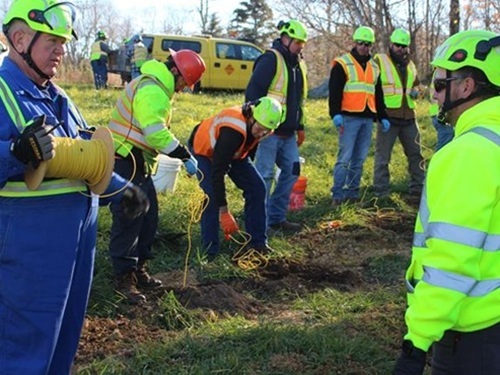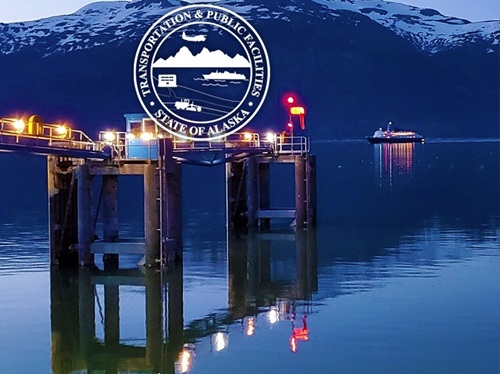The Alaska Department of Transportation and Public Facilities recently launched a Wi-Fi pilot project aboard the MV Columbia ferry vessel; marking what the agency called a “significant step” in modernizing the Alaska Marine Highway System or AMHS.
[Above photo by Alaska DOT&PF]
The project also supports AMHS’s broader vision to enhance passenger experience and attract more travelers to the system. Future phases will expand Wi-Fi access across the fleet, starting with the MV Aurora and MV LeConte, utilizing recently secured federal funding.
During its recent voyage between Bellingham, WA, and Southeast Alaska, the MV Columbia became the first AMHS vessel to provide free Wi-Fi access ship-wide, including within its solarium, lounges, staterooms, and bar, as well as crew quarters and crew dining areas.

“For our crew, staying connected to family and modern life during off-hours is essential, and this effort reflects our commitment to their well-being and job satisfaction,” said Alaska DOT&PF Commissioner Ryan Anderson, in a statement.
“For passengers, especially those on multi-day voyages like the Bellingham run, Wi-Fi enables continuity in communication, and the ability to share the unique experiences of sailing Alaska’s National Scenic Byway in real time,” he added.
The implementation required overcoming significant technical and logistical challenges, Alaska DOT&PF noted. AMHS collaborated with a cross-functional team of marine engineers, information technology specialists, and project managers, alongside contractors and other state employees.
The advent of low Earth orbit satellite technology, such as Starlink, solved long-standing issues with traditional satellite connectivity in Alaska’s mountainous Inside Passage, the agency said. Unlike older systems, Starlink’s direct, vertical satellite positioning avoids signal interference caused by terrain, it added.
However, distributing secure wireless access throughout the steel-constructed MV Columbia posed additional hurdles, the department noted. The project required running thousands of feet of cable, strategically placing 37 access points, during the vessel’s overhaul in the Ketchikan shipyard.
“We’re thrilled to see this project come to life,” said Chryssa King with Alaska DOT&PF’s IT Project Management Office. “This is just the beginning. We’re working to replicate this model across the fleet, bringing modern connectivity to all our vessels and enhancing the travel experience for everyone on the AHMS.”
 States
States
NCDOT Staff Participate in ‘Explosive’ Technical Training
December 19, 2025 States
States

